I will resume the blog post about Kyu Iwasaki-Tei Garden. This is the second half of our virtual tour in the garden and shows you a traditional Japanese house connected to the Western mansion explained in the previous post. (https://japan-cultural-traditional-experience.com/kyu-iwasaki-tei-garden-the-west-met-the-east-here/)
A long corridor of the tatami, a mat made of rice straw covered with woven soft rush straw, directly leads to the Japanese house. Once you step into the corridor, you immediately feel a totally different atmosphere and vibes from the Western mansion. It was built as the owner’s family residential house, so it doesn’t have extravagant decorations and looks cozy and comfortable. You can see a small Japanese-taste garden along the corridor, which might induce your mind to switch from the Westen cheerful party mode to Zen mode.
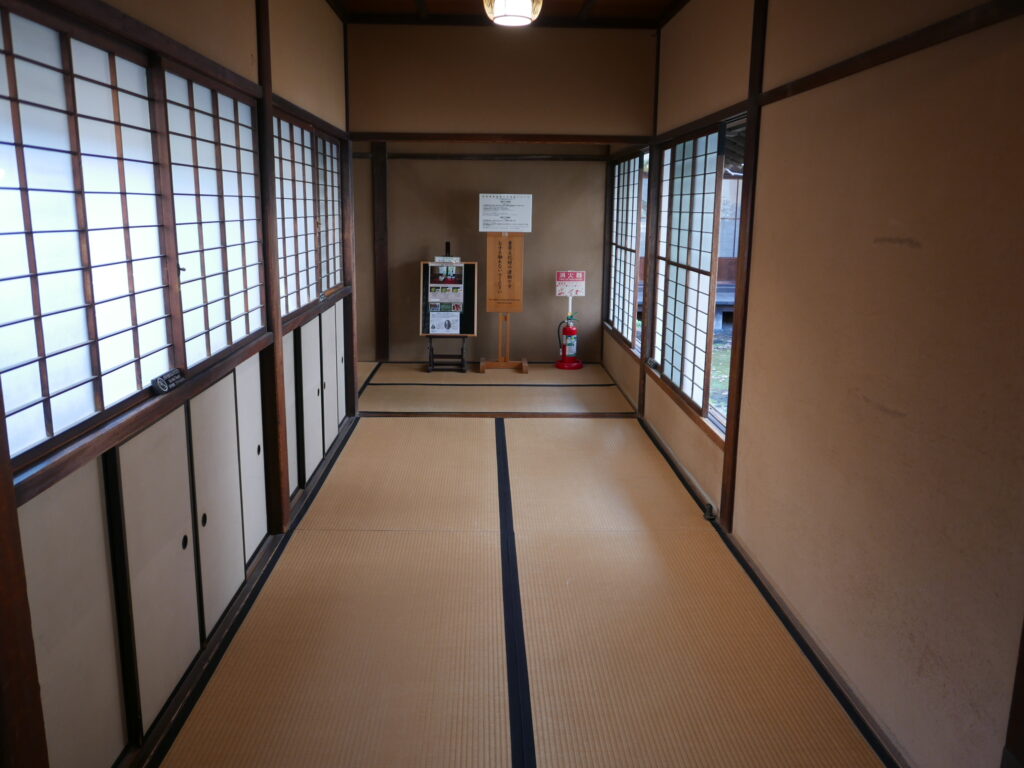
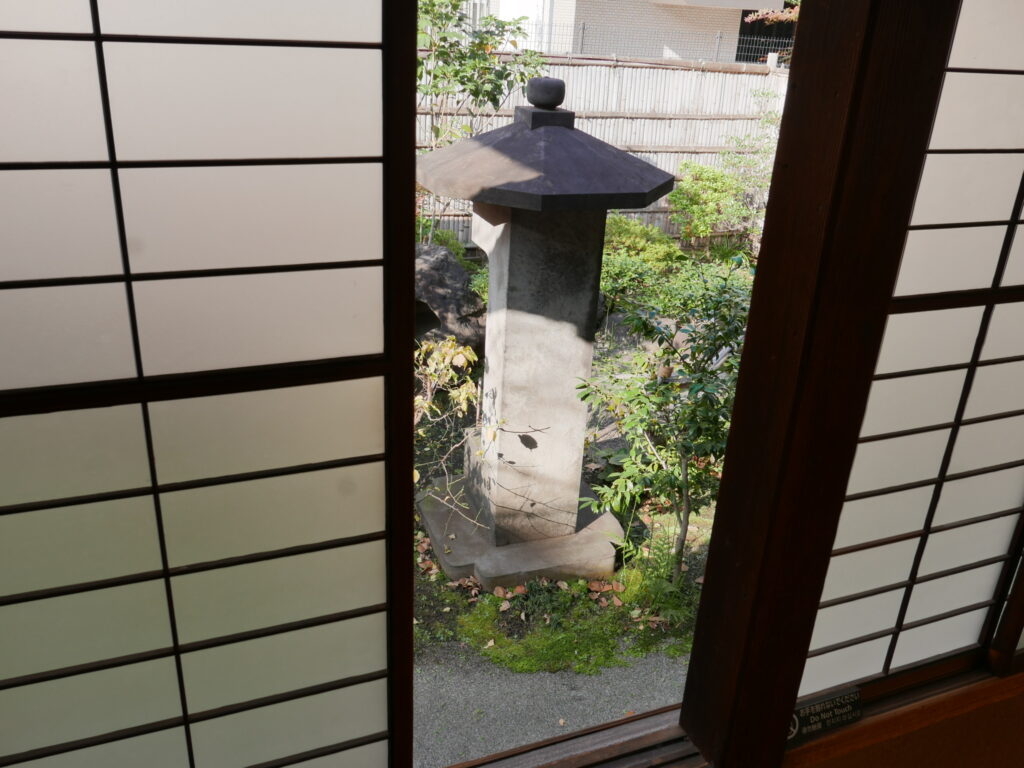
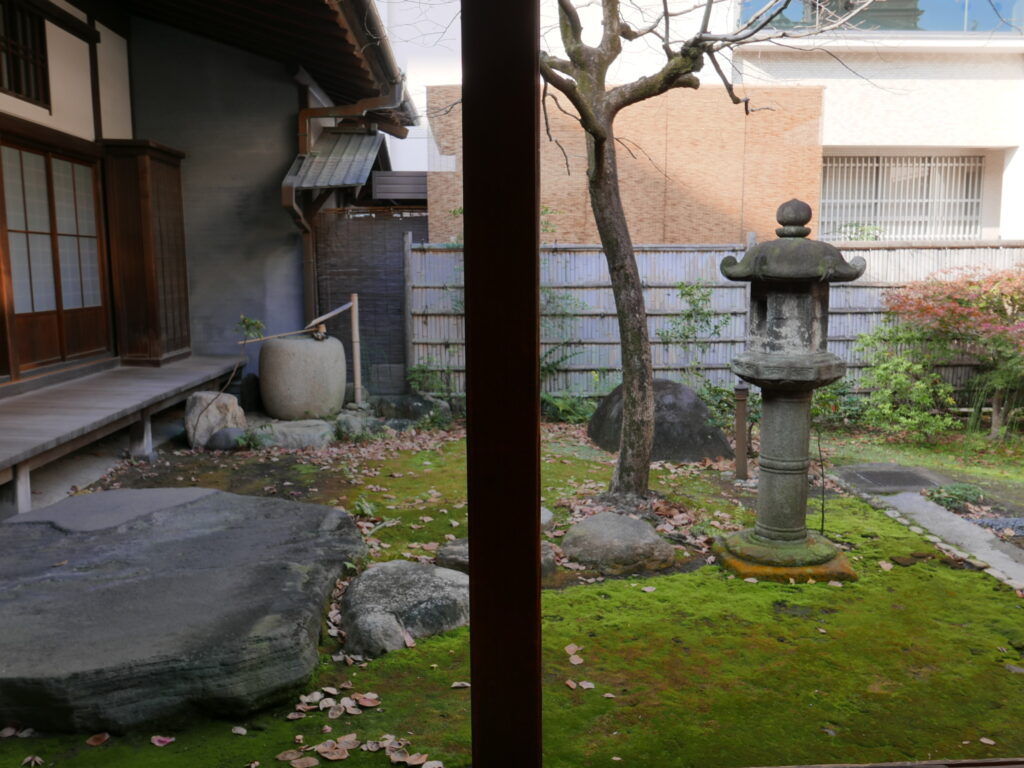
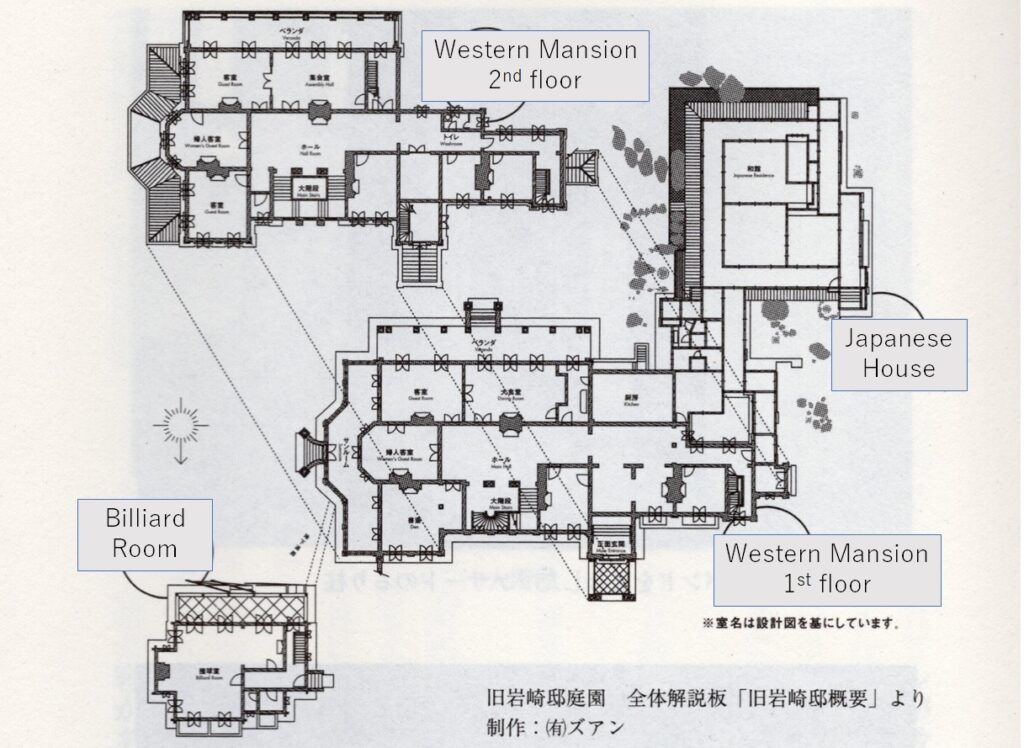
The typical Japanese house is designed with rooms surrounded by a corridor. At the corridor’s ends, there is a fusuma door and a shoji window.
The fusuma is a sliding door with a picture on it, which adds aesthetic value. It is also used in rooms as partitions and is easily removed when the family wants to expand space for events, such as a wedding ceremony in the house.
The shoji is a sliding window or door with windows that allows indirect light to come through a white paper screen. When I was a boy, I accidentally pushed the shoji white paper with my palm and broke it while playing with my siblings or friends, and then immediately, my mum severely scolded me. That’s now one of the good and adorable memories with my mum.

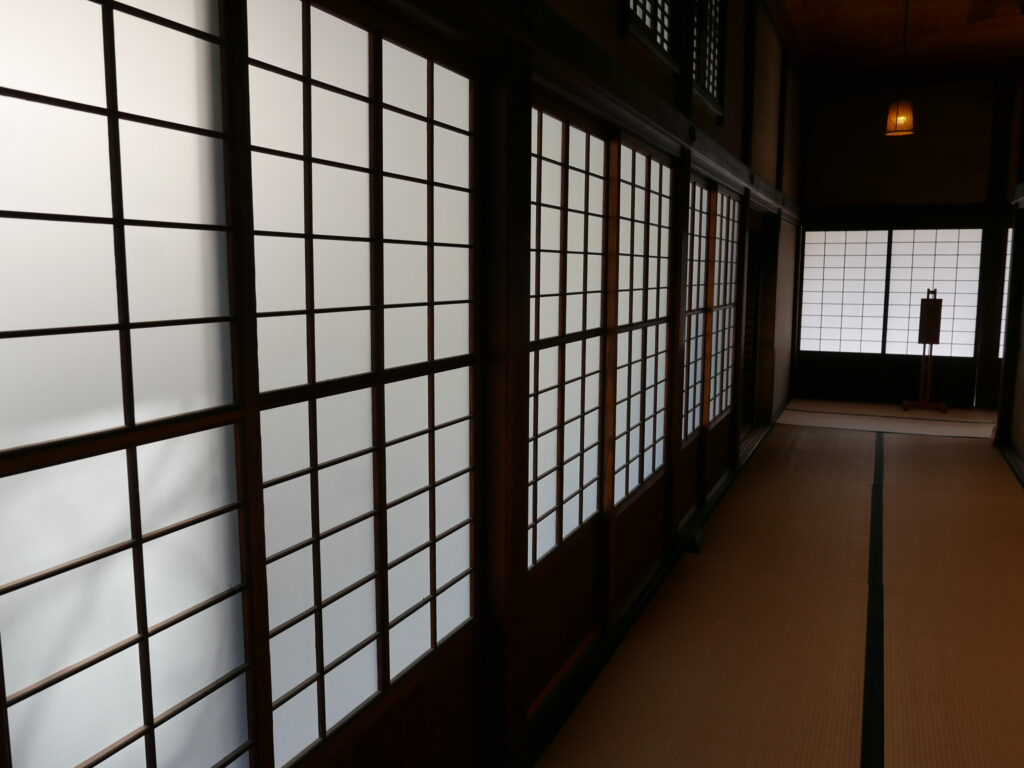
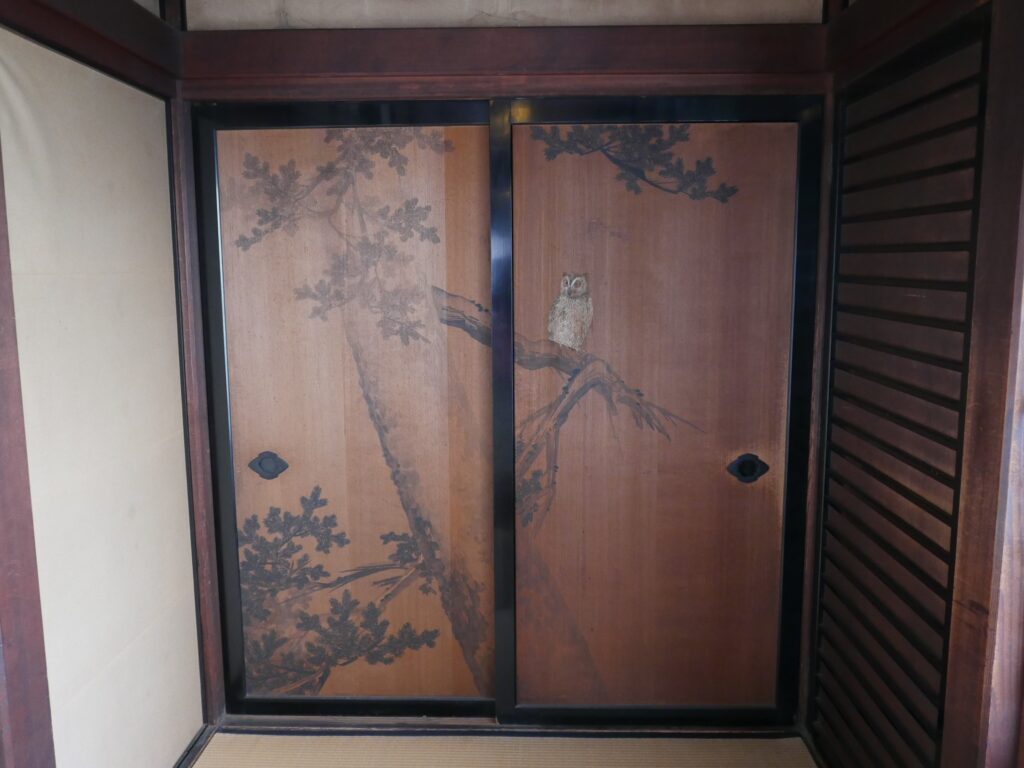
The current Japanese house, which has three rooms, is part of a larger one, which used to be six times larger than the present one. Still, the main hall maintains a calm but crisp air and vibe. I felt that my back stood sharply when I entered the hall. When I turned to the corridor, I could see the garden as if it were a picture in the window frame.
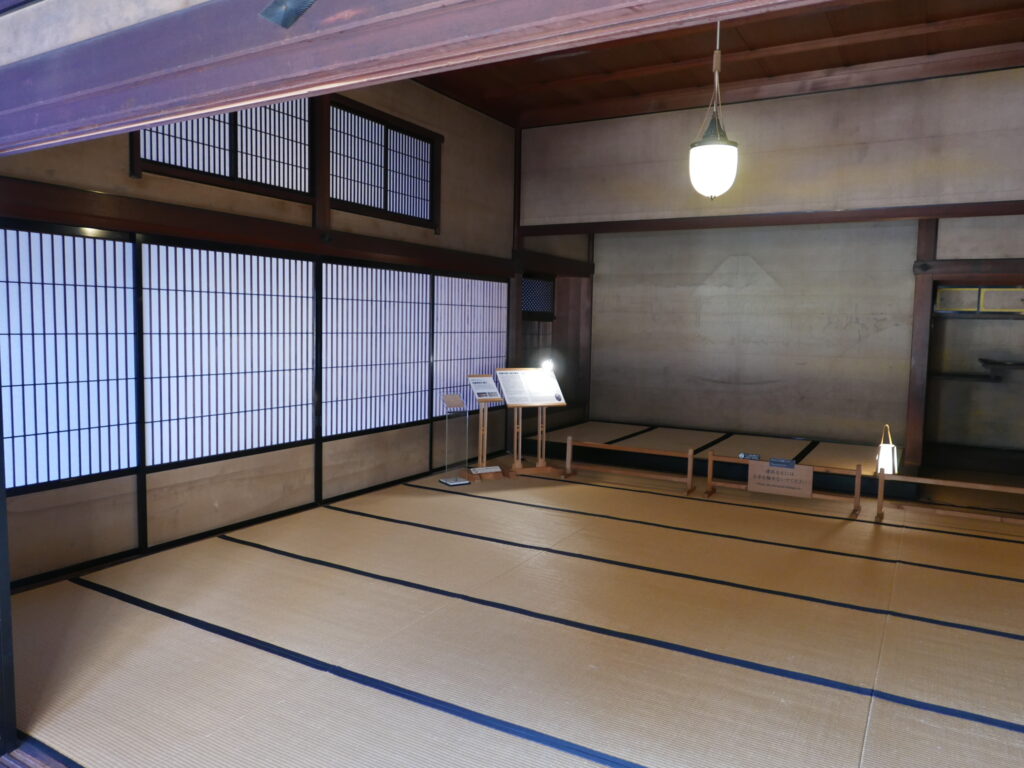
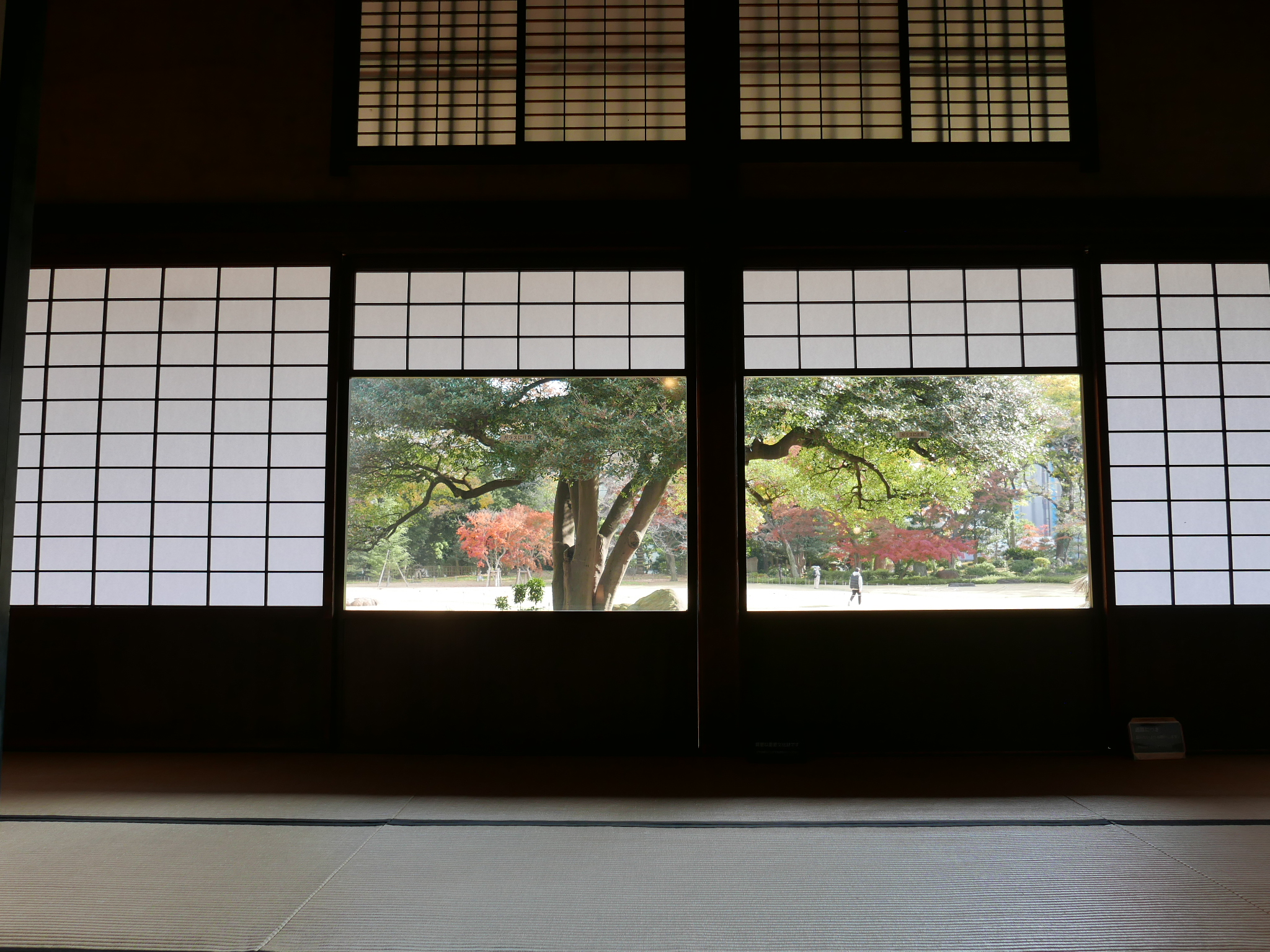
Are 12 artworks painted on Tokonoma, the alcove, and Fusuma in the Japanese House. Most of them were created by Gaho Hashimoto, a founder of modern Japanese art. Scenes of the four seasons, from spring to winter, are depicted through Gaho’s moderate art techniques, which also used the Kano style. When you visit the Japanese House in Kyu Iwasaki-Tei, please use the following layout to locate the beautiful pictures.
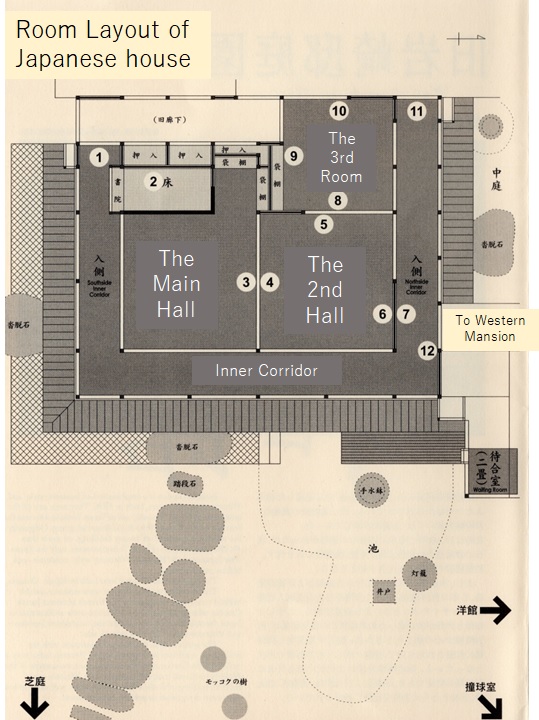
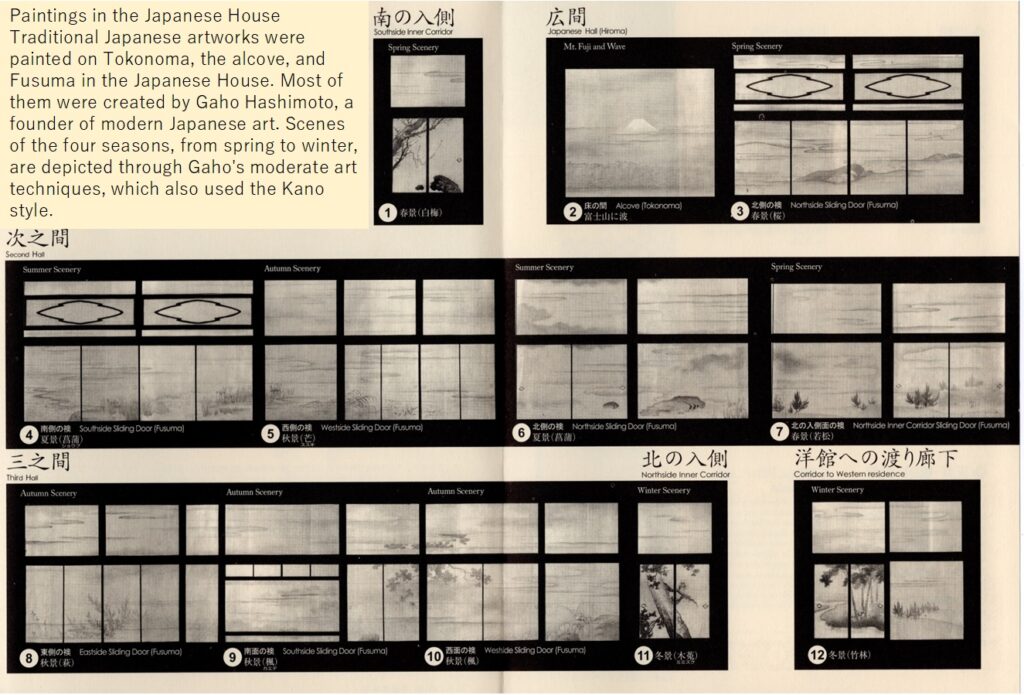
The second and third halls are now used as a Japanese-style cafe, serving Maccha and sweets. I took a break with a bowl of Maccha and a cream puff made with fresh milk produced by Koiwai Farm, one of the popular milk farms in Japan, which was founded by the Iwasaki family.
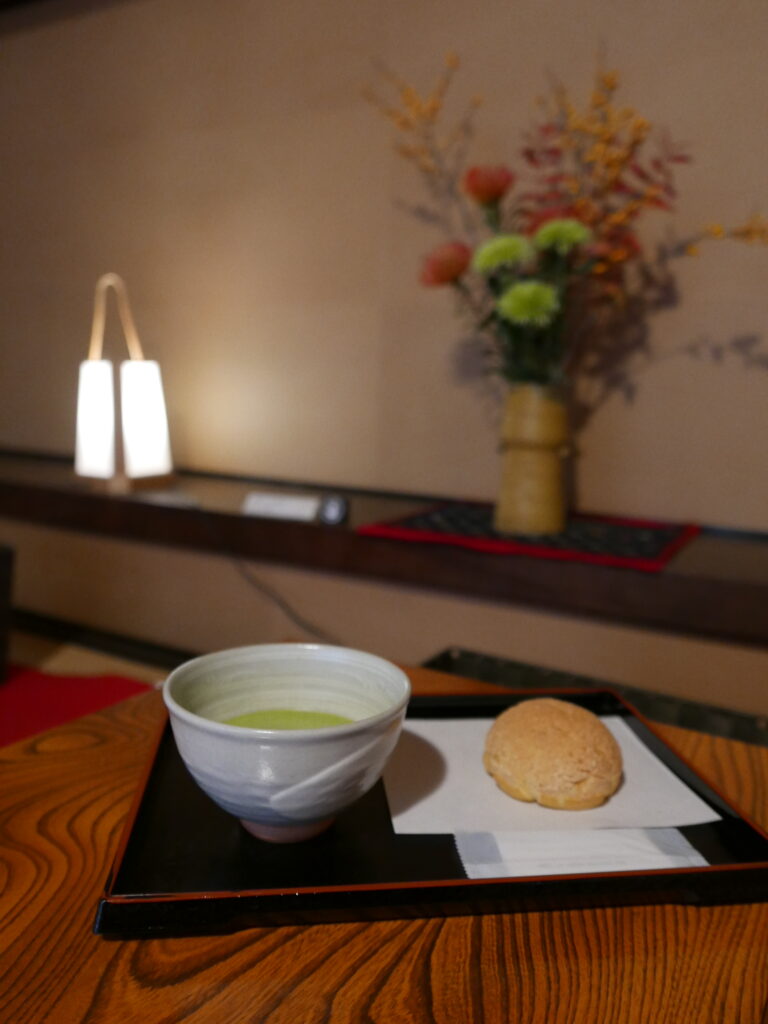
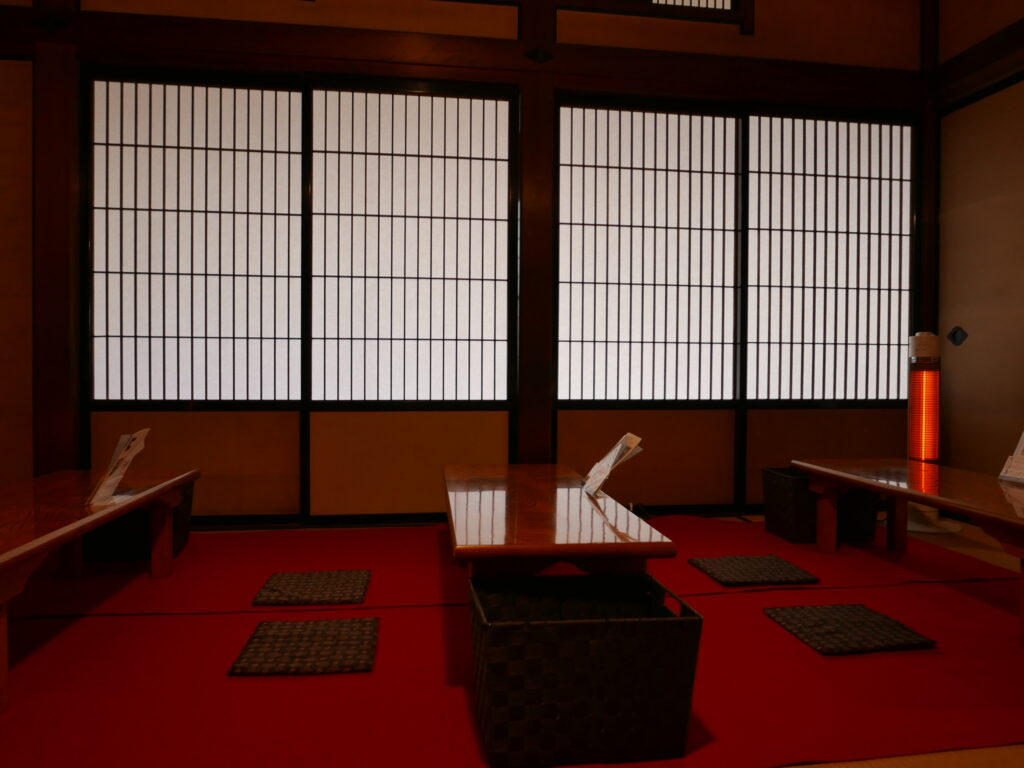
The third room is Tsuki no Ma, the lunar room used as the bride’s waiting room during the wedding ceremony. I guessed the moon represented the bride because I felt many Japanese had a sense of maternity in the moon.
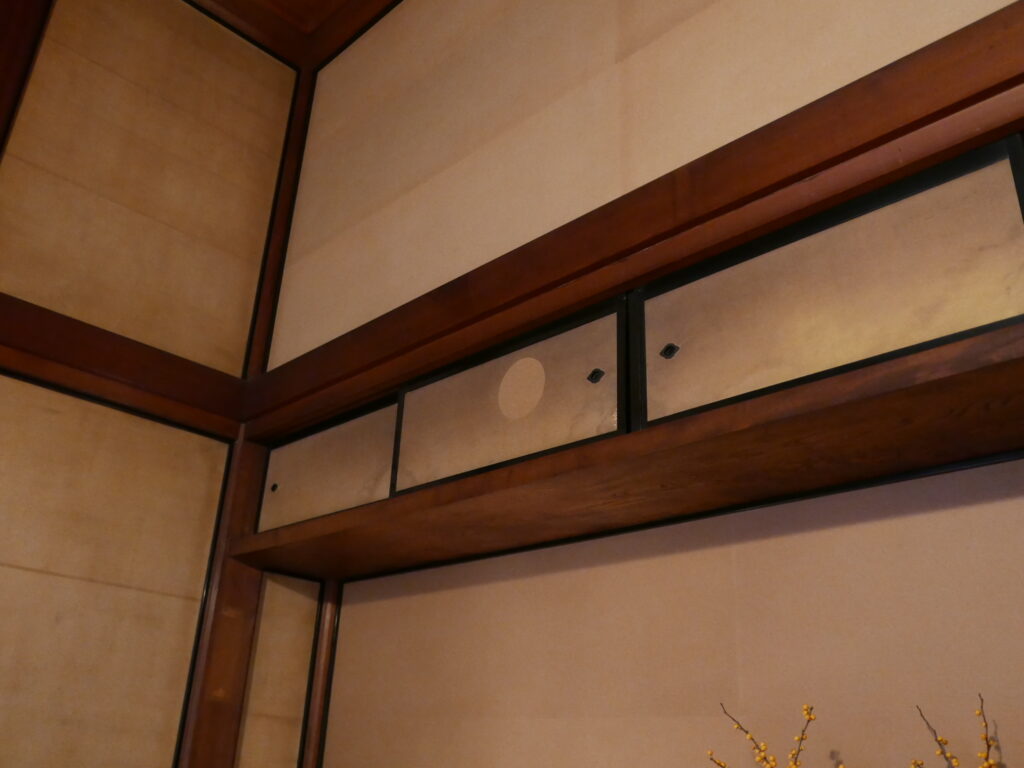
Before you exit the Japanese house, you can see the small Japanese garden with the Western Mansion behind it. This contrast shows the typical character of the Kyu Iwasaki-Tei Garden, where the West meets the East, a marriage of Europe and Japan.
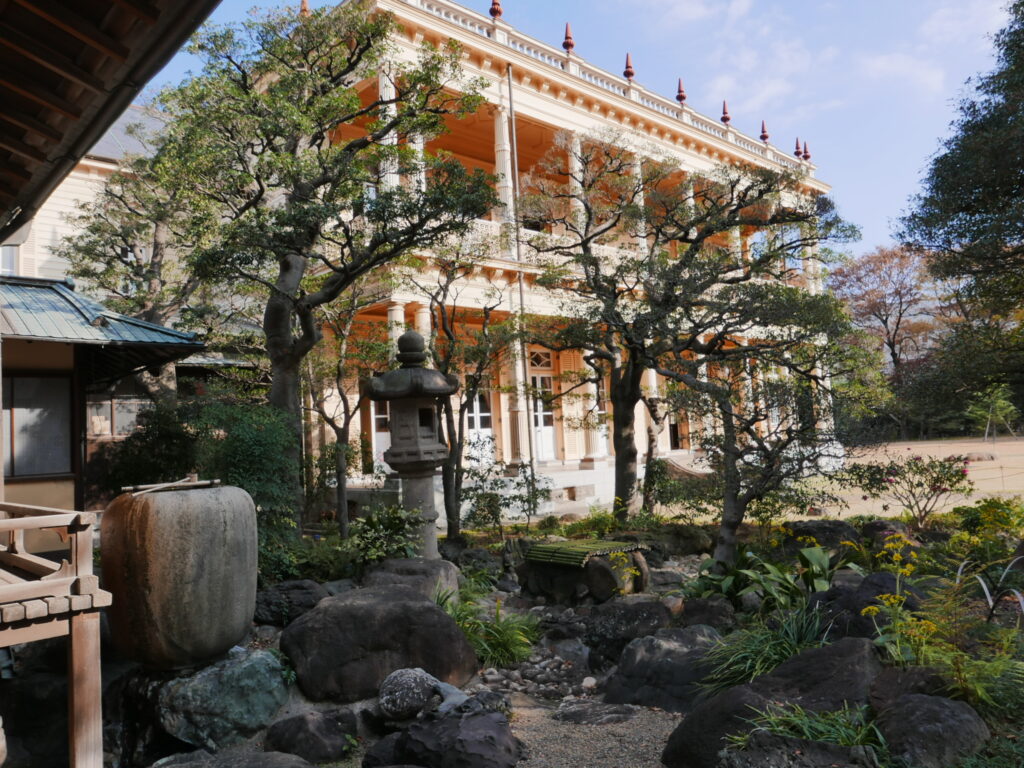
After the Japanese house visit, please enjoy the wide lawn garden surrounded by colorful autumn leaves.
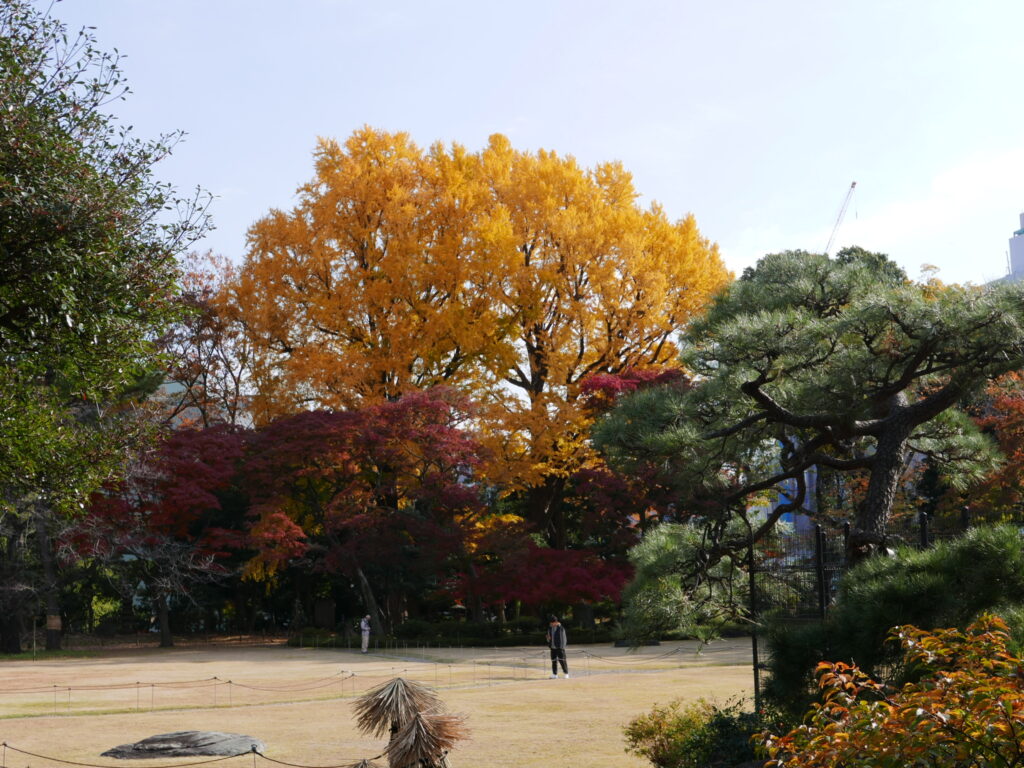
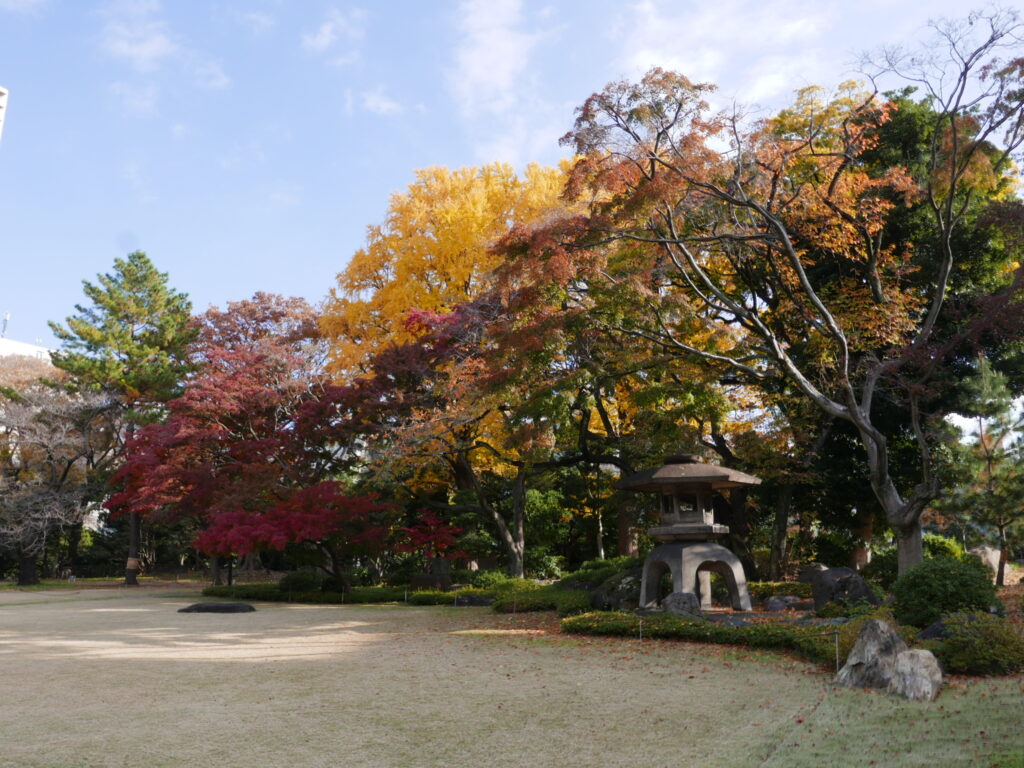
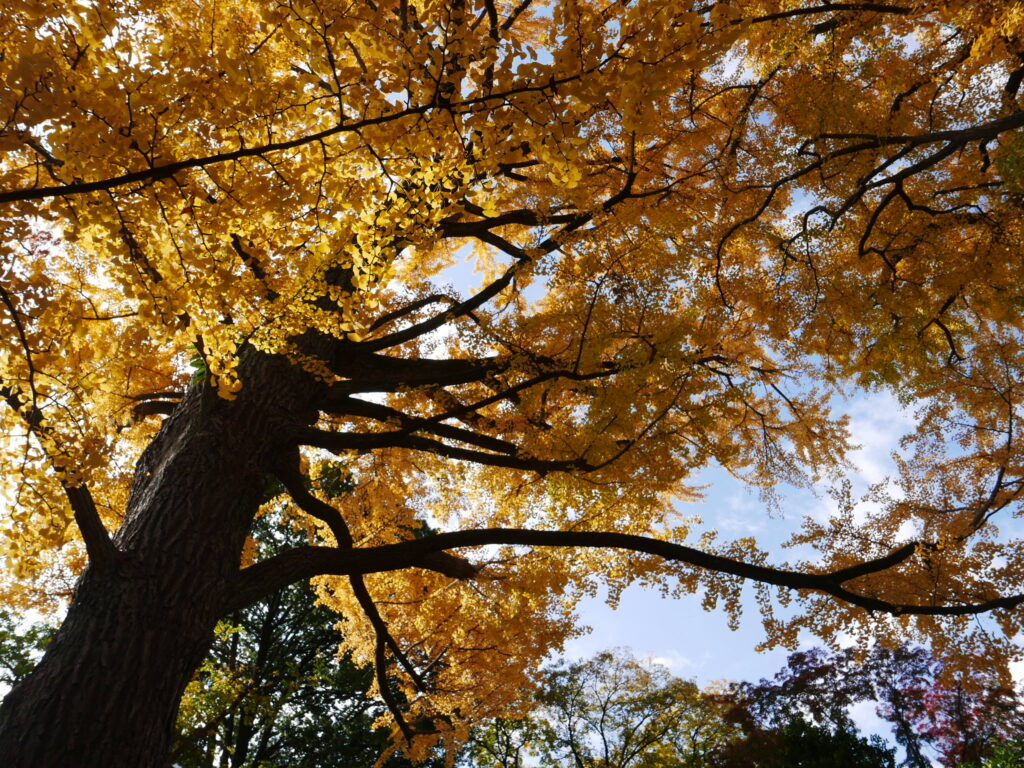
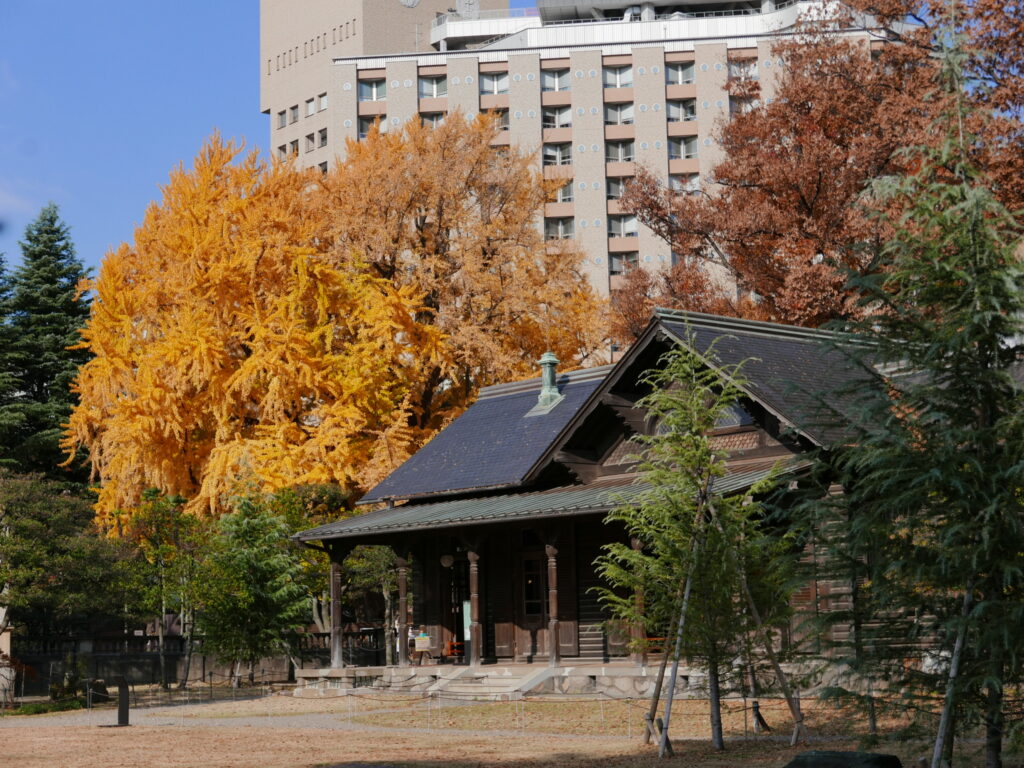
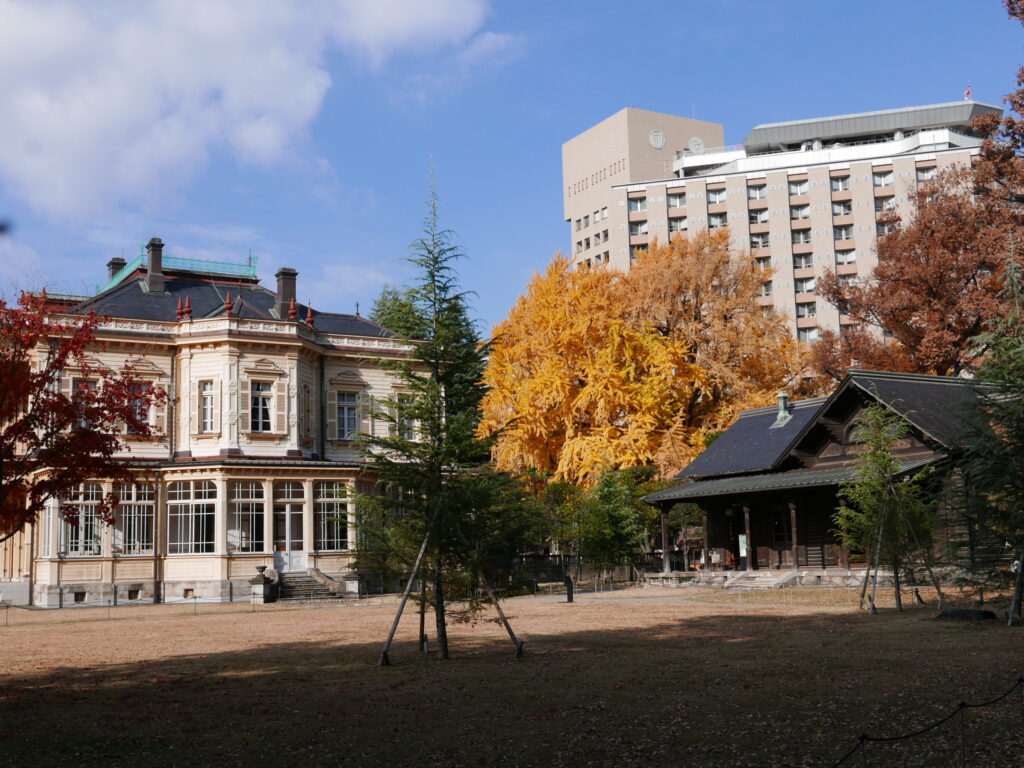
Thank you for reading my post.
If you need an English-speaking guide to explore the Japanese gardens in Tokyo, please click “Contact me!” below. I am willing to help you create an unforgettable private tour. Let’s enjoy amazing Tokyo with me!
Please also leave your feedback on this post in the comment box at the bottom. I am willing to hear your opinions, requests, and suggestions.
<Information>
Location: https://maps.app.goo.gl/K7i2ZFvfhLzgTcXB7?g_st=com.google.maps.preview.copy
Official website: https://honyaku.j-server.com/LUCTMPA/ns/tl.cgi/https://www.tokyo-park.or.jp/park/kyu-iwasaki-tei/index.html?SLANG=ja&TLANG=en&XMODE=0&XJSID=0
Please note that photographing is prohibited on weekends and public holidays. Visiting on weekdays is highly recommended.
Please click the links to get updated via my X (former Twitter) and Instagram.
X (former Twitter): https://x.com/ToruGuide
Instagram: https://www.instagram.com/toruhigaki/
I’d like you to please visit the other posts about Japanese gardens.
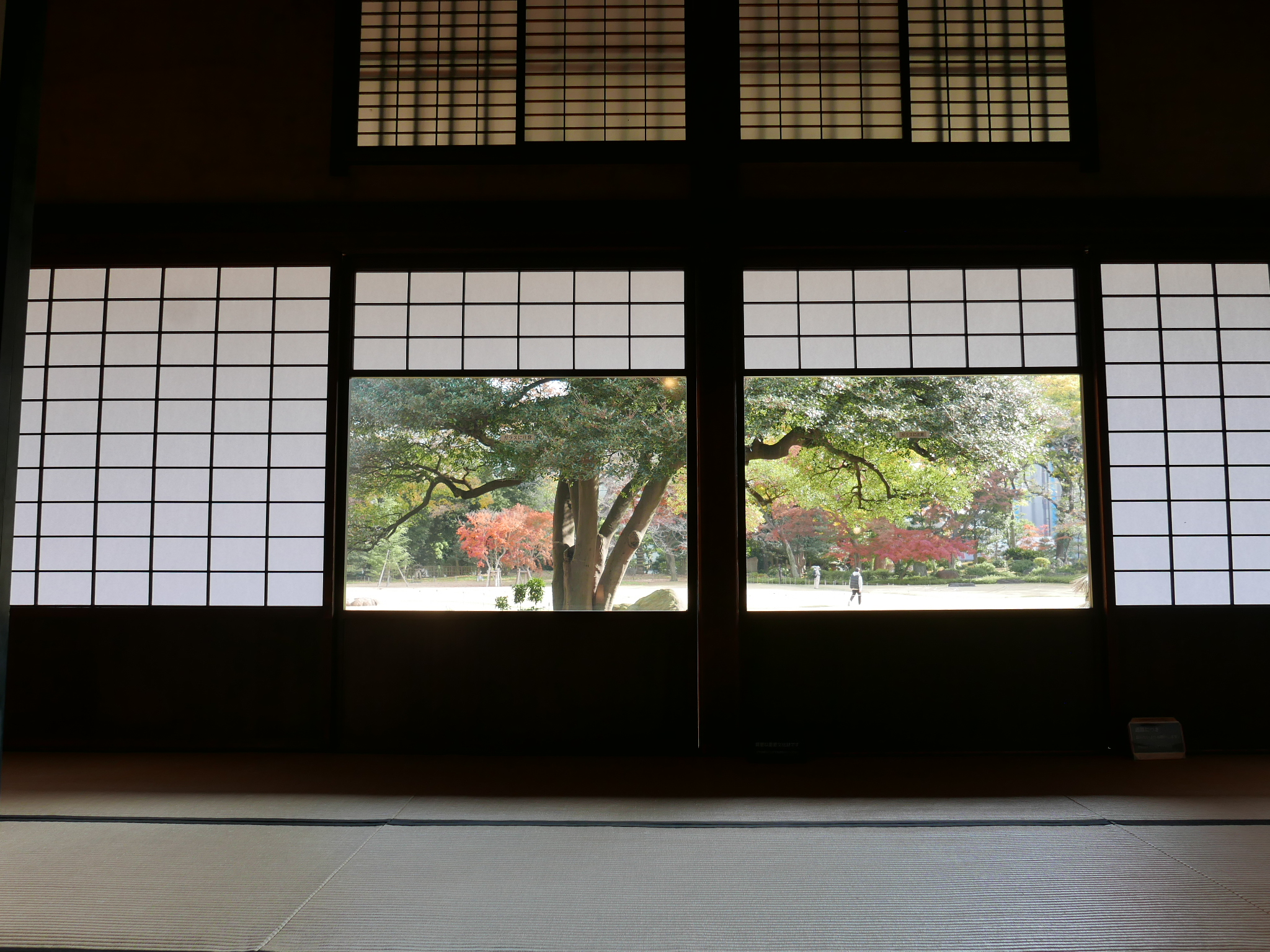








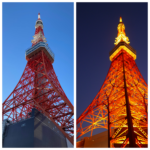

Comment